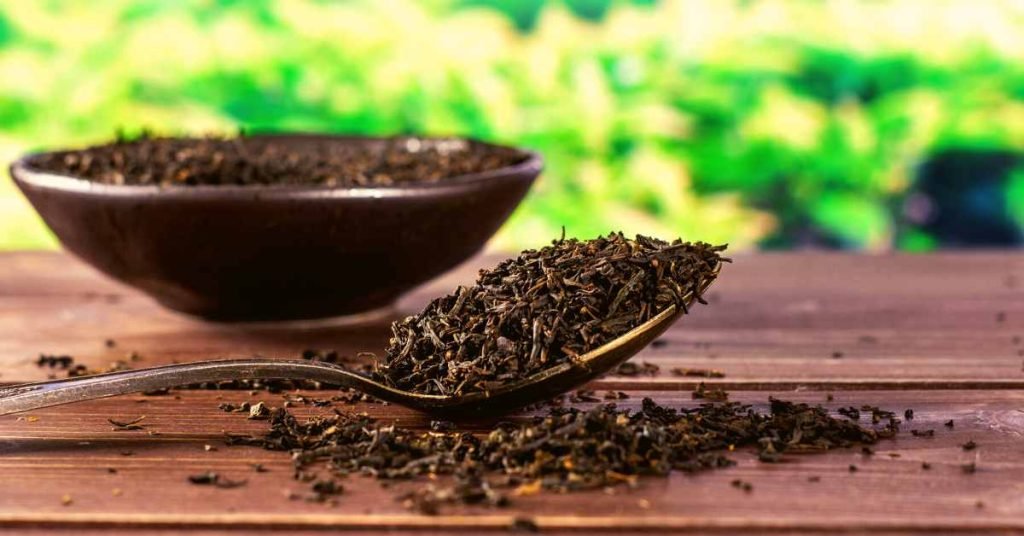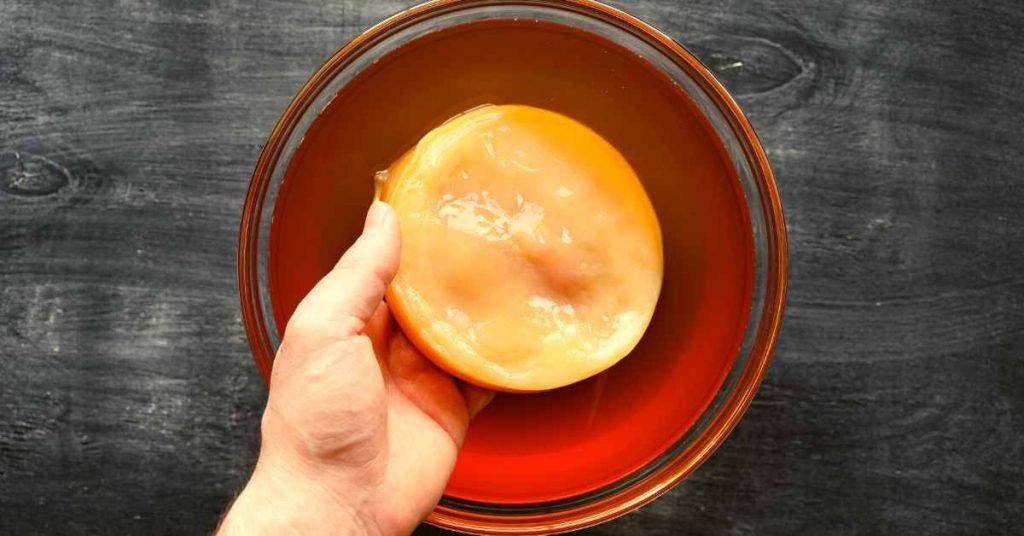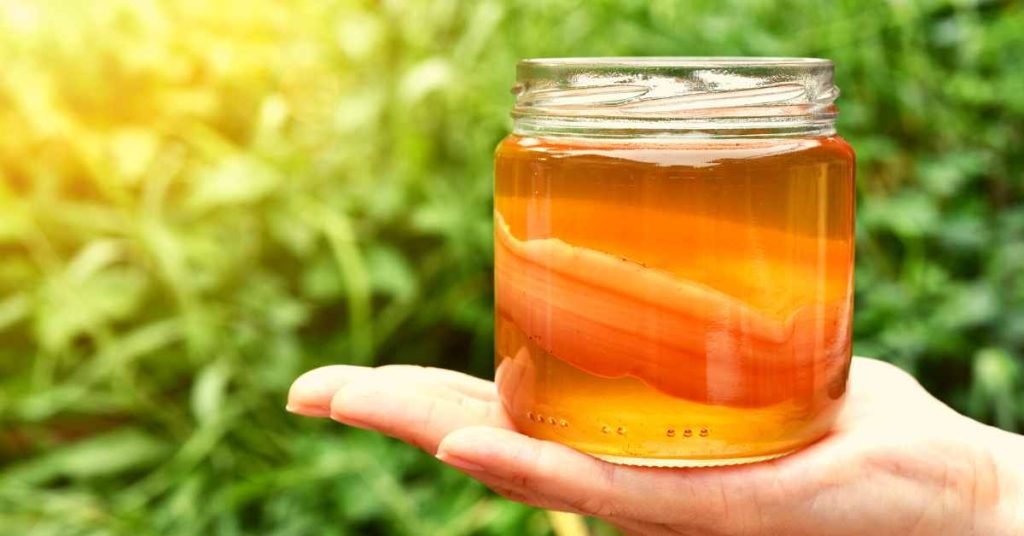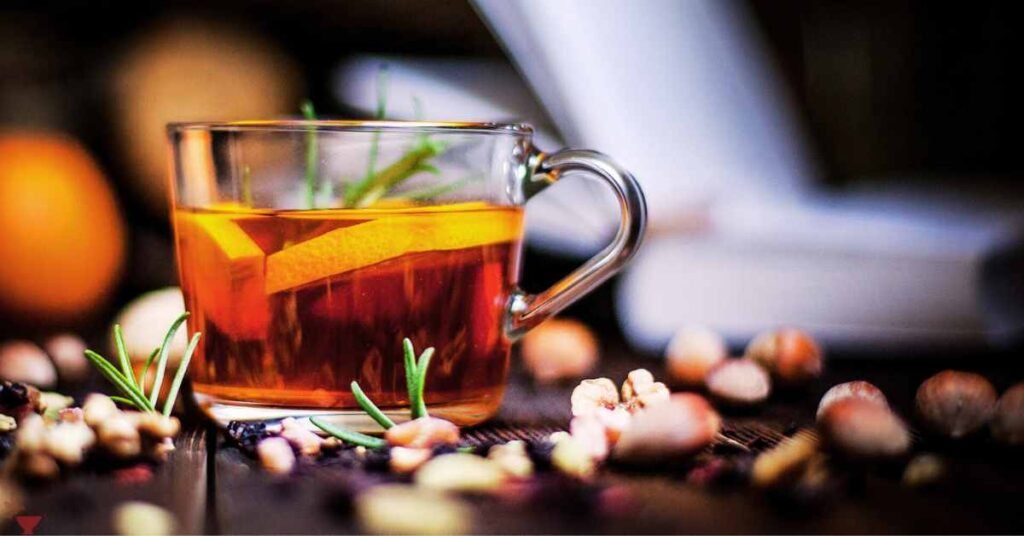Kombucha, a fermented tea beverage known for its tangy flavor and probiotic benefits, has been enjoyed for centuries across various cultures.
While the exact origins of this elixir are unclear, one thing is certain – the quality of tea used plays a pivotal role in shaping the final product.
In this exploration, we delve into the world of kombucha, with a particular focus on the green and black teas from the Hummingbird Tearoom online store, aiming to unravel the secrets behind a truly exceptional brew.
The Art of Kombucha Brewing

At its core, kombucha is a fermented tea drink made by combining sweetened tea with a symbiotic culture of bacteria and yeast (SCOBY).
The SCOBY works its magic by consuming the sugars in the tea, transforming them into organic acids, carbon dioxide, and a variety of flavorful compounds.
While any tea can be used to make kombucha, the choice of tea significantly influences the taste, aroma, and overall character of the final product.
The Role of Green Tea
Green tea, known for its grassy and slightly astringent profile, has become a popular choice for kombucha enthusiasts.
The Hummingbird Tearoom offers a selection of premium green teas, each contributing unique characteristics to the brewing process.
Sencha, a classic Japanese green tea, is often favored for its vibrant and refreshing qualities.
When used in kombucha, sencha imparts a light, grassy note that complements the effervescence created during fermentation.
The tea’s rich antioxidant content also adds a healthful dimension to the final beverage, making it a popular choice among those seeking a kombucha with a clean and crisp finish.
Matcha, a powdered green tea with a centuries-old tradition in Japanese tea ceremonies, introduces a bold and earthy flavor to kombucha.
The finely ground tea leaves provide a concentrated dose of antioxidants and catechins, contributing not only to the beverage’s flavor profile but also to its potential health benefits.
The Black Tea Influence

Black tea, with its robust and malty characteristics, is another excellent foundation for crafting kombucha. The Hummingbird Tearoom offers a selection of high-quality black teas that bring depth and complexity to the brewing process.
Assam, a black tea hailing from the Assam region in India, is prized for its bold, malty flavor.
When used in kombucha, Assam black tea lends a full-bodied richness to the brew, creating a beverage with a satisfying depth.
The tannins in black tea also contribute to the kombucha’s structure, balancing the sweetness and acidity for a well-rounded taste.
Earl Grey, a black tea infused with bergamot oil, adds a citrusy and floral dimension to kombucha.
The aromatic notes from the bergamot oil blend seamlessly with the tanginess of the fermented tea, resulting in a kombucha with a unique and sophisticated flavor profile.
This choice is perfect for those looking to elevate their kombucha experience with a touch of aromatic sophistication.
Hummingbird Tearoom’s Commitment to Quality
Hummingbird Tearoom stands out not only for its diverse range of teas but also for its commitment to quality and sustainability.
The teas offered are sourced from reputable growers, ensuring that each batch of kombucha starts with the finest ingredients.
The online store provides detailed information about each tea variety, including origin, flavor profile, and brewing recommendations.
This transparency empowers kombucha enthusiasts to make informed choices, tailoring their brewing experience to suit their preferences.
Brewing Tips and Techniques

Whether using green or black tea, the key to a successful kombucha brew lies in the brewing process. Here are some tips and techniques to help you achieve the perfect balance of flavors:
- Temperature Matters: Pay attention to the water temperature when steeping your tea. Green tea generally requires lower temperatures (around 175°F or 80°C), while black tea benefits from hotter water (around 200-212°F or 93-100°C).
- Brewing Time: Experiment with the brewing time to find the right balance for your taste preferences. Longer steeping times can intensify the flavor, but be mindful of bitterness.
- Sweetness Levels: Adjust the sweetness of your tea base by controlling the amount of sugar you add. The sweetness will be consumed during fermentation, so finding the right initial sweetness is crucial.
- Experiment with Blends: Don’t be afraid to mix different teas or create blends to add complexity to your kombucha. Combining sencha and matcha, or blending Assam with Earl Grey, can yield delightful results.
Final Word
Embarking on a kombucha-brewing journey with Hummingbird Tearoom’s green and black teas opens a world of possibilities.
Whether you prefer the fresh and crisp notes of green tea or the robust depth of black tea, the quality and variety offered by Hummingbird Tearoom provide an excellent foundation for crafting your perfect brew.
As you experiment with different teas and refine your brewing techniques, you’ll discover the nuances that make each kombucha batch a unique and satisfying creation.
So, pour yourself a glass of homemade kombucha, savor the flavors, and enjoy the journey of unlocking the secrets of this ancient elixir.
MEDICAL DISCLAIMER
Itsnevernotteatime.com cannot and does not contain medical/health advice. The medical/health information is provided for general and educational purposes only and is not a substitute for professional advice.




